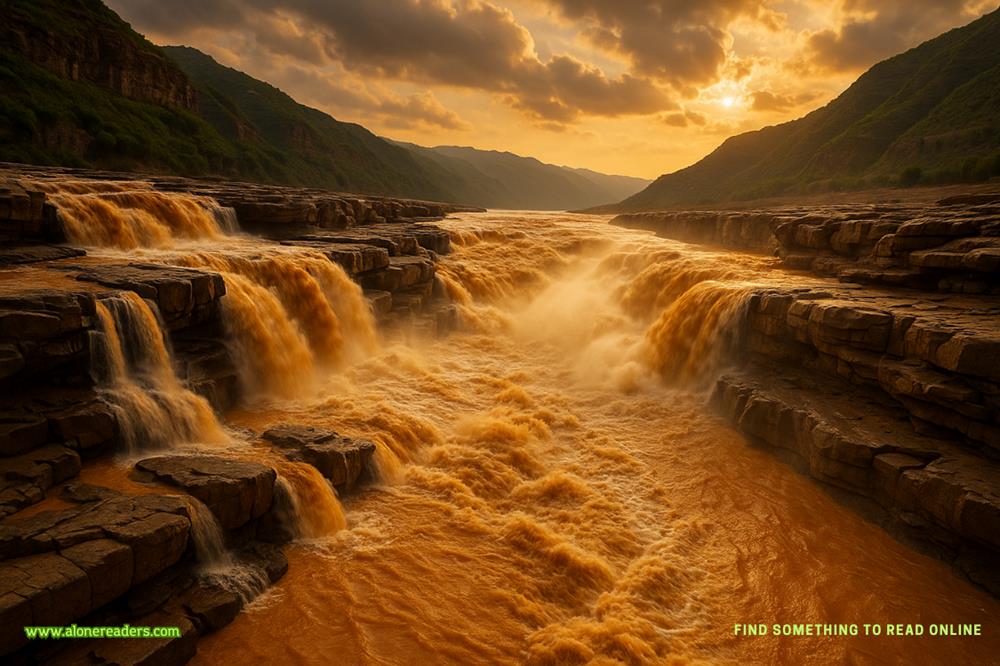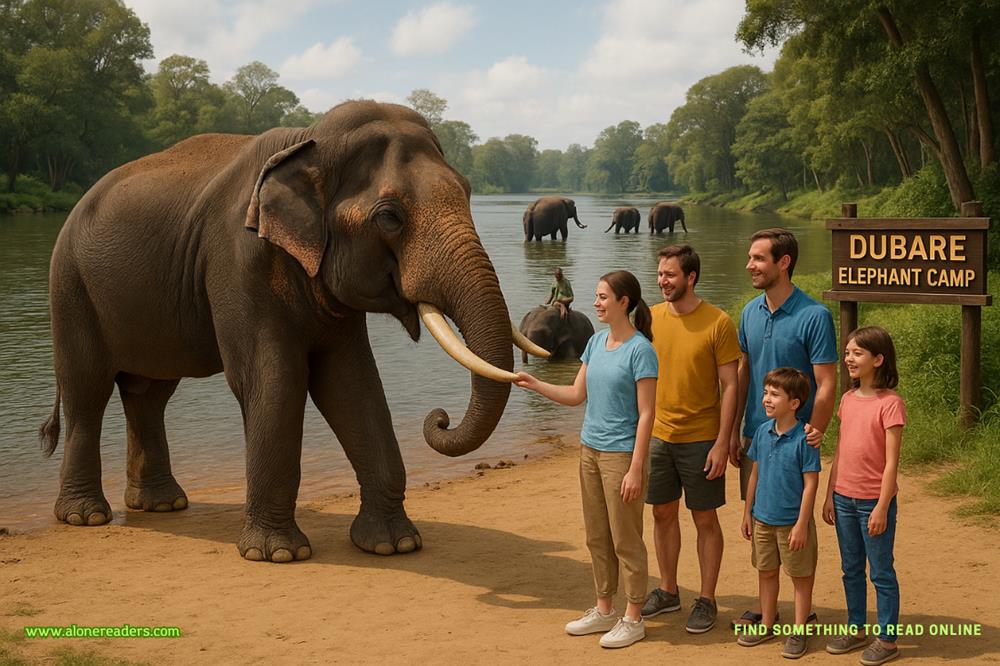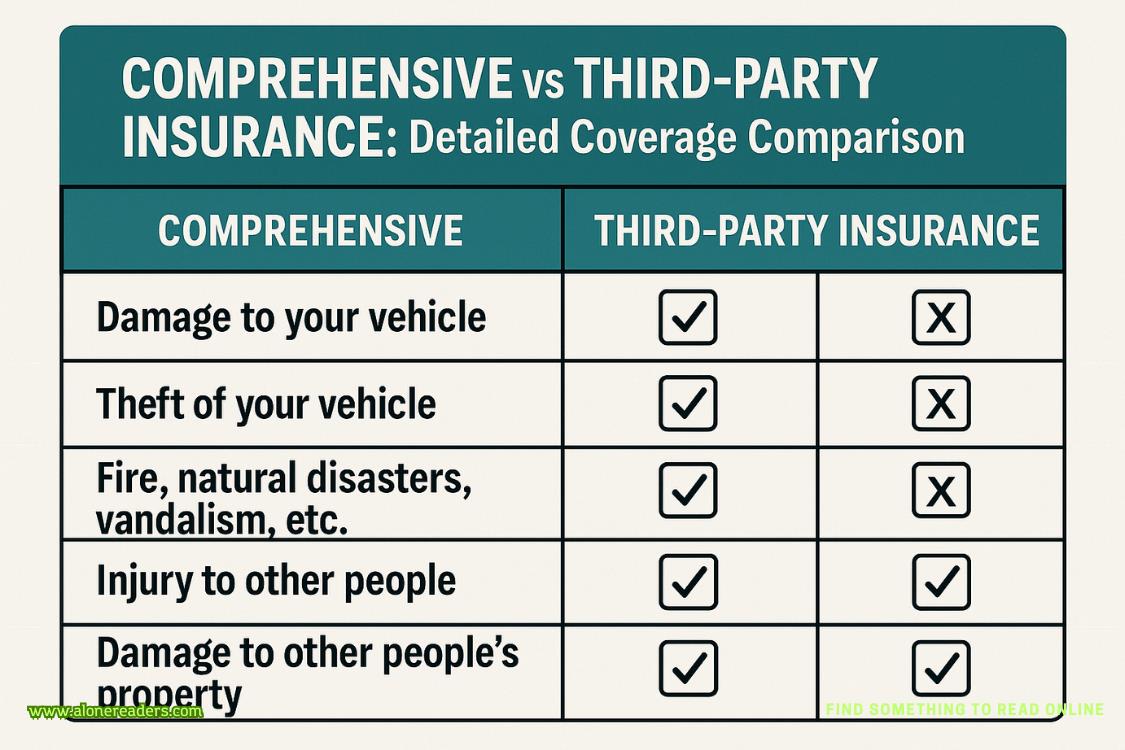Page 57 of The Cabinet of Dr. Leng
D’Agosta shook the Special Agent’s hand, pleased that the man didn’t grip like a gorilla. “Special Agent Armstrong Coldmoon,” the man said.
“Lieutenant Commander Vincent D’Agosta.” He paused. “That’s Vinnie, okay?”
The agent paused for a moment. “Armstrong. Sorry—I’d hoped to be here a couple of days earlier, but with the FBI’s worship of red tape back in Denver…” He gave a dismissive wave.
D’Agosta grunted in sympathy. He was only too familiar with that.
“Well,” said Cartwright, “shall we take a look at the scene of the incident?” He was clearly in a hurry, eager to get them both out of the museum as quickly as possible.
D’Agosta nodded and the director took off, leading the way with Archer at his side. D’Agosta fell in beside Coldmoon.
“We have,” the director was saying, “one of the world’s finest collections of nineteenth-century Lakota material culture.”
Coldmoon nodded.
“Perhaps, Agent Coldmoon, if you have time, you’d like to see it?”
“Sure,” said Coldmoon, “if I have time.”
They walked through the Hall of Northwest Coast Indians and past the great Haida war canoe. “That canoe,” Cartwright went on, “was carved from the trunk of a cedar tree. It’s sixty-three feet long. To get it here, it had to come all the way from British Columbia to New York in 1883—an incredible journey by sea, rail, and finally a team of horses.”
“It’s magnificent,” said Coldmoon.
D’Agosta couldn’t tell what the agent was really thinking: his face was a closed book.
They passed through a locked door into the nonpublic area of the museum, then rode a freight elevator to the fifth floor. Another, shorter walk brought them to the freezer.
“Here we are,” said the director. “Lieutenant Commander D’Agosta will brief you.”
D’Agosta didn’t like the way the director was choreographing their walk-through, but he shrugged it off and took out his iPad, on which he had written down the bullet points he wanted to cover. He quickly ran through the most salient information—timeline, position and condition of the body, sabotaging of the freezer door, the results of the autopsy and forensic analysis of the crime scene, a background of the victim, and so on. Coldmoon listened intently, taking no notes. Cartwright and the other two hovered close by, following attentively but thankfully keeping their mouths shut.
It took about forty minutes, and when he was done, D’Agosta asked: “Any questions?”
“As a matter of fact, yes.” But he didn’t ask anything. Instead, in the momentary silence, Coldmoon turned to Cartwright. “Many thanks to you all for your warm welcome and your escort. Now, I’m sure you’ll understand if the commander and I would like to have a few words in private.”
Cartwright hesitated. “You mean—you want us to leave?”
“Yes,” said Coldmoon, decisively.
“Of course, of course.”
They withdrew somewhat reluctantly. As soon as they were gone, Coldmoon let out a long sigh. “Jesus,” he said. “Are they always hovering around like that?”
D’Agosta had to stifle a chuckle. “Yeah. They’re terrified of bad publicity. I’ve worked a couple of cases in this place and they’re a pain in the fossilized ass. I like the way you got rid of them.”
“The museum might in some way be involved,” said Coldmoon. “Wouldn’t want them meddling.”
D’Agosta nodded.
“Anyway, I do have a few questions,” Coldmoon went on. “This Mancow, from what I’ve been able to surmise, must have been involved in some pretty shady dealings to get himself whacked. Have you looked into his finances? His bank account?”
This surprised D’Agosta. “Yes, and there was nothing, unless he’s got money stashed in a Grand Cayman account or something.”
“Our forensic accountants can look further into that. What about his colleagues here at the museum?”
“They all appear legit.”
“Other professional relationships?”















